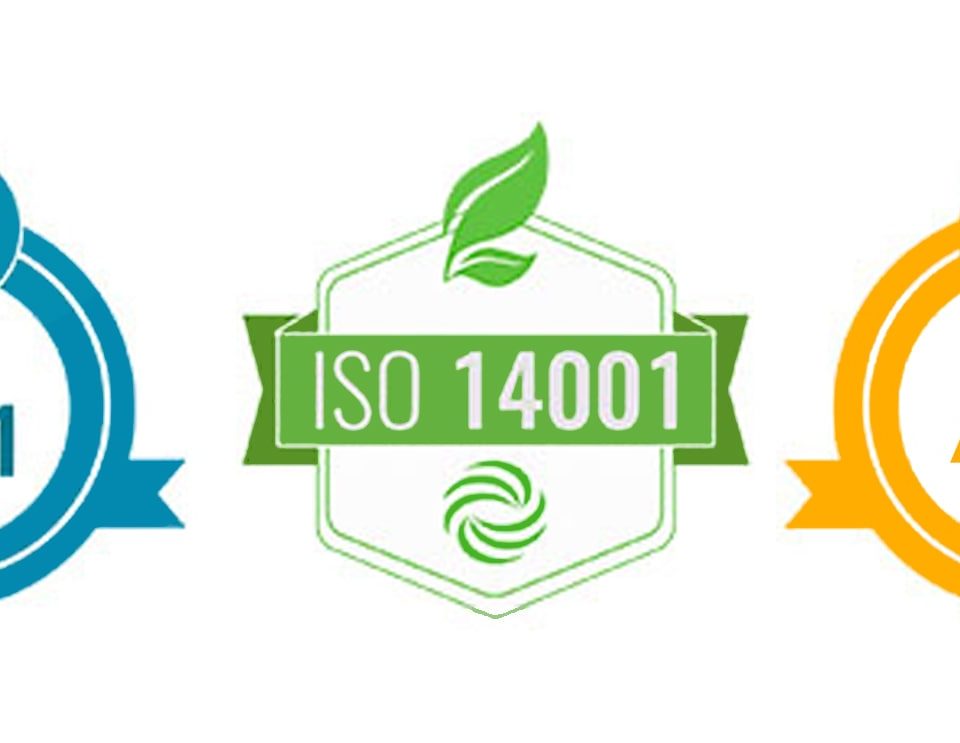How do I choose a translator?

What are 5 tips to translate correctly?
14th May 2025How Many Languages Can One Person Speak?
27th May 2025Choosing the right translator depends on the type of content you need translated, the importance of accuracy, and the context in which the translation will be used. Here’s a clear step-by-step guide to help you choose the right translator:
✅ 1. Define Your Needs
Ask yourself:
-
What type of content? (Legal, medical, marketing, technical, literary, etc.)
-
Target audience? (Local dialects, formal vs. casual tone)
-
Volume and deadlines? (Urgent or long-term project)
🎓 2. Look for the Right Qualifications
-
Professional certifications:
-
ATA (American Translators Association)
-
CIOL (UK)
-
NAATI (Australia)
-
-
Relevant degree or training: Linguistics, translation studies, or domain-specific knowledge (e.g. law, medicine).
-
Native speaker in the target language: This ensures the translation reads naturally and fluently. Example: translation company in Vietnam.
🧪 3. Evaluate Experience & Specialization
-
Look for subject-matter expertise (e.g., a legal translator for contracts).
-
Ask for samples or a portfolio.
-
Check for years of experience and relevant past clients/projects.
🔍 4. Check for Quality Assurance
-
Do they offer proofreading by a second linguist?
-
Are they open to revisions or feedback?
-
Do they use translation memory (TM) or CAT tools to ensure consistency?
🗣️ 5. Assess Communication & Professionalism
-
Are they responsive and clear in communication?
-
Do they ask questions about intent, tone, or context? (This is a good sign!)
-
Are rates and timelines clearly stated in writing?
💰 6. Compare Cost vs. Value
-
Be wary of very low-cost services — they may rely on poor-quality machine translations.
-
High-quality freelancers or boutique agencies may charge more, but provide better long-term value.
🌟 Bonus: Where to Find Good Translators
-
ProZ.com – Global directory of professional translators with ratings.
-
TranslatorsCafe.com – Similar to ProZ, with job postings and profiles.
-
ATA Directory – For certified U.S.-based translators.
-
LinkedIn or Upwork – Good for reviews and portfolios, but vet carefully.
-
Specialized agencies – For high-stakes projects needing a team (e.g., TDN Translation, etc.).
If you’d like, We can help you screen a few translators or platforms based on your specific project (language pair, industry, budget). Let us know!


